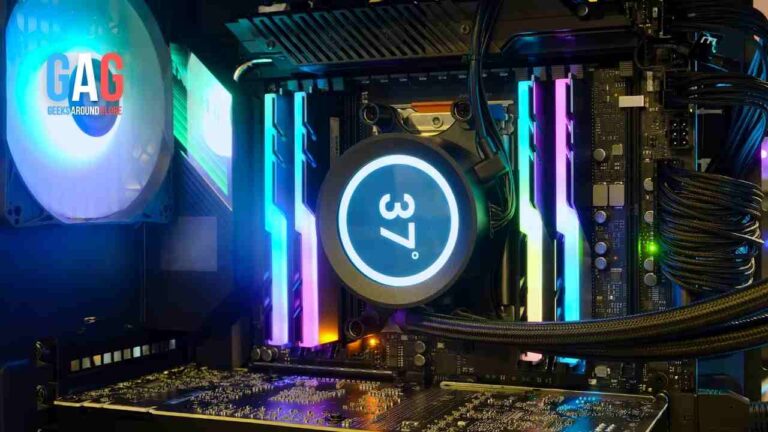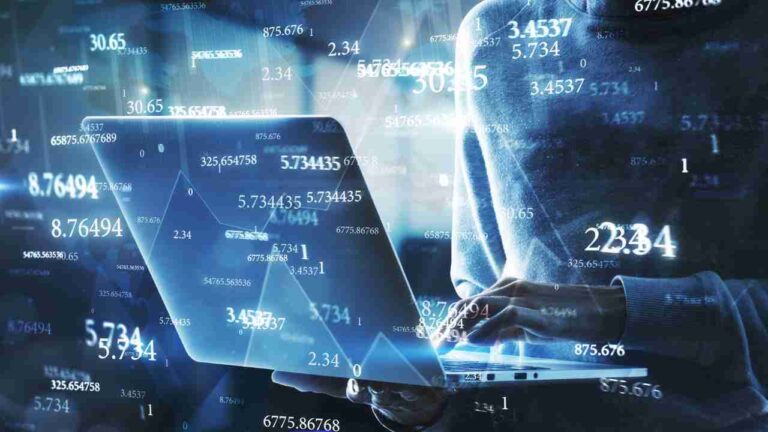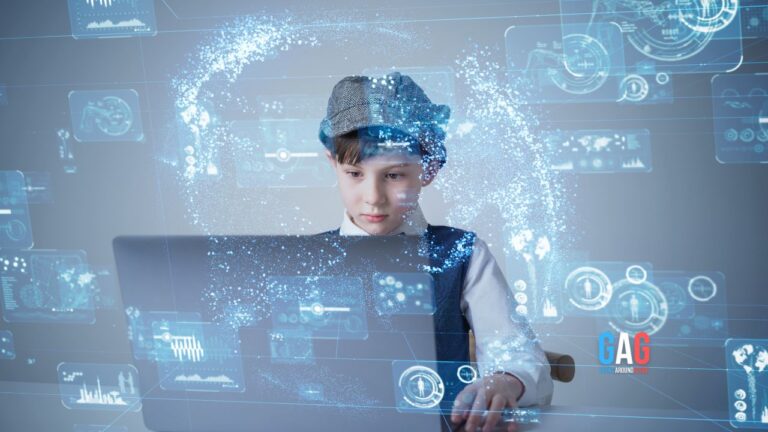
If you’ve heard of biometrics but haven’t been inspired to delve any deeper, here’s one thing you should know. This scientific innovation – taking characteristics to identify an individual before granting them access to systems – is going to become far more widespread.
What is biometric technology and how does it work?
In a world where people are increasingly concerned about personal data being accessed illegally, biometrics is all about creating additional layers of security. From safeguarding online banking details to eliminating fake dating site profiles, advances in this technology are ensuring we can all feel more secure as we access the Internet. So what are we talking about when considering biometrics?
Everyone has unique physical characteristics, and the science driving this aspect of biometrics has always been of interest to crime prevention agencies. Fingerprint mapping and facial recognition have allowed law enforcement officials to pinpoint individuals. In more recent times, retina scanning has also been incorporated, although there are many other options. Scientists are working on biometric information unique to individual brain and heart signals.
In an era where so many of us are accessing mobile devices regularly, the thought of electronic gadgets containing personal information falling into the wrong hands is foremost in our minds. Such innovative technology could save our time, and the benefits would go far beyond providing an even more seamless service for singles seeking a partner online. In a world increasingly dominated by concerns about the environment, biometrics is tied in with this eco-friendly approach. The information provided by other users of affairdating think that it’s a great step for a paperless future.
Society and the new trend
Higher security
Scanners are now frequently used to capture biometric information, which can then be matched against data stored in databases. Examples of this would include security systems screening passengers going through customs at an airport or accessing sensitive information repositories. A study revealed that 42% of company computer systems were breached by hacked passwords in 2019, with the average worker tending to use the same passwords whether logging into their office or home accounts. The average individual will use the same password for up to 14 separate logins! Rather than relying on passwords that can be readily determined by hacking software, biometrics gives stronger layers or protection.
Civil identification
Mobile phone companies were quick to realize the potential of using biometrics rather than password combinations to unlock mobile devices. With the advent of the ‘Internet of Things,’ various aspects of any computer network can be linked (think of a common system to manage your lighting, central heating, and even your fridge contents from your phone). While this has made it so much more convenient to oversee your domestic set-up, it does create the potential for a ‘single point of failure.’ In short, if one password is cracked, it opens the door to accessing everything sharing that network. But new phone releases have been designed that can only be unlocked by an individual’s fingerprint, features, or iris. Computers can react to fingerprints and compare them with the trusted person’s details, or identify someone according to their facial characteristics.
Where the latter is concerned, iPhone’s FaceID works by utilizing 30,000 infrared dots that are mapped to someone’s face to create a 3D map of the user’s features. After matching this with the record stored in the device’s memory bank (Central Processing Unit), an accurate match will grant access. Although Iris scanners aren’t as accurate as fingerprint analysis, they are another valuable biometric tool, while other scanners reveal the exclusive geometry of vein patterns (using near-infrared light to expose these).
Migration control
These various biometric systems are being used at border control kiosks to monitor incoming or departing visitors. As countries clamp down on illegal migrants or criminals attempting to infiltrate or evade capture by escaping abroad, biometrics is proving to be extremely effective. It is also far more reliable than the historic methods of staff relying on their vision alone for rooting out suspects.
Travel
Given that airport traffic is growing all the time, biometrics is an excellent tool for making the passage of individuals more streamlined, whether they are checking in or checking out of any jurisdiction. The queues at passport control or boarding gates are benefitting from a 40% improvement in services.
Boarder passes
Compare the traditional method of admitting passengers – verifying identity at various stages of their journey by a variety of documentation being presented for inspection. Queues might develop as individuals were frisked. Now consider the contemporary alternative. Travelers can shuffle through various devices that can provide instant identification based on facial, fingerprint, or iris recognition, circumventing any physical barriers such as gates or turnstiles. As the technology evolves, these checks will only become more accurate and efficient.






